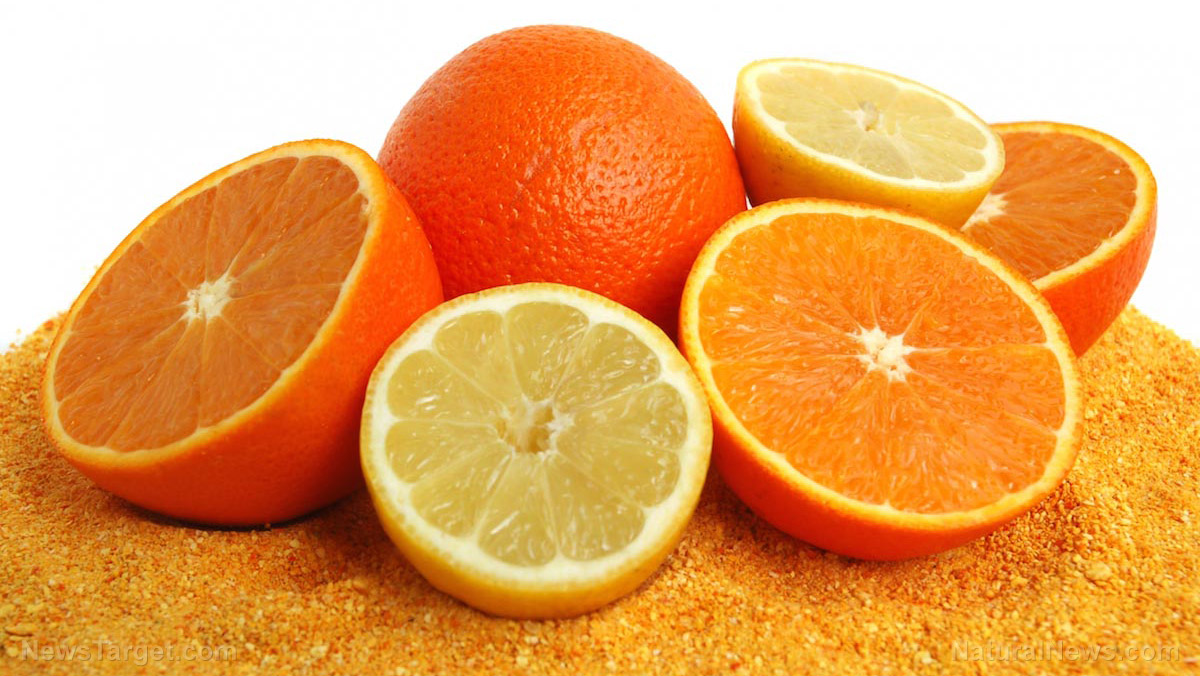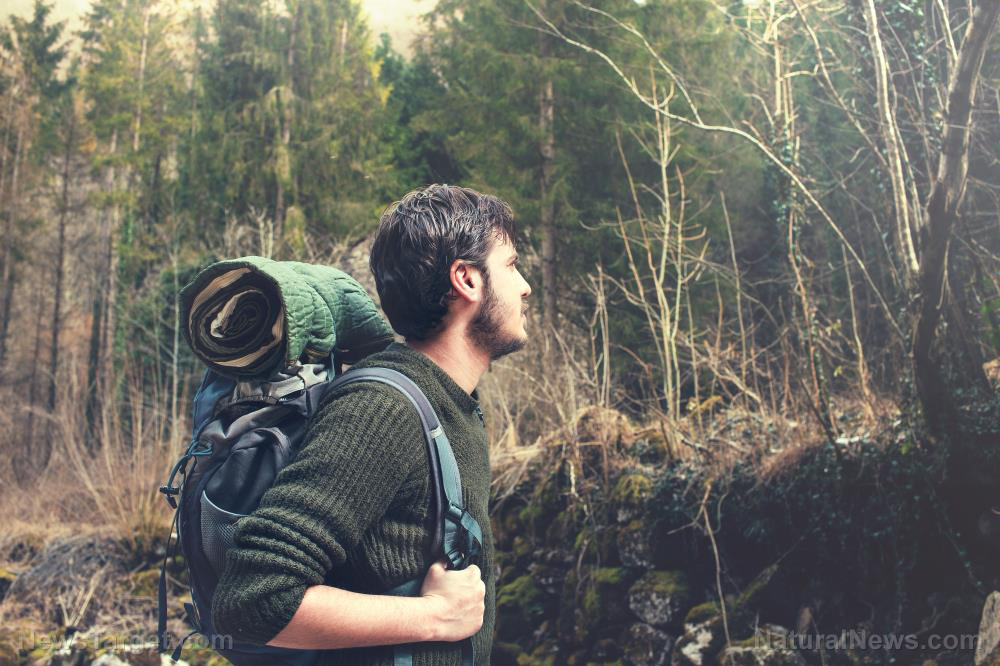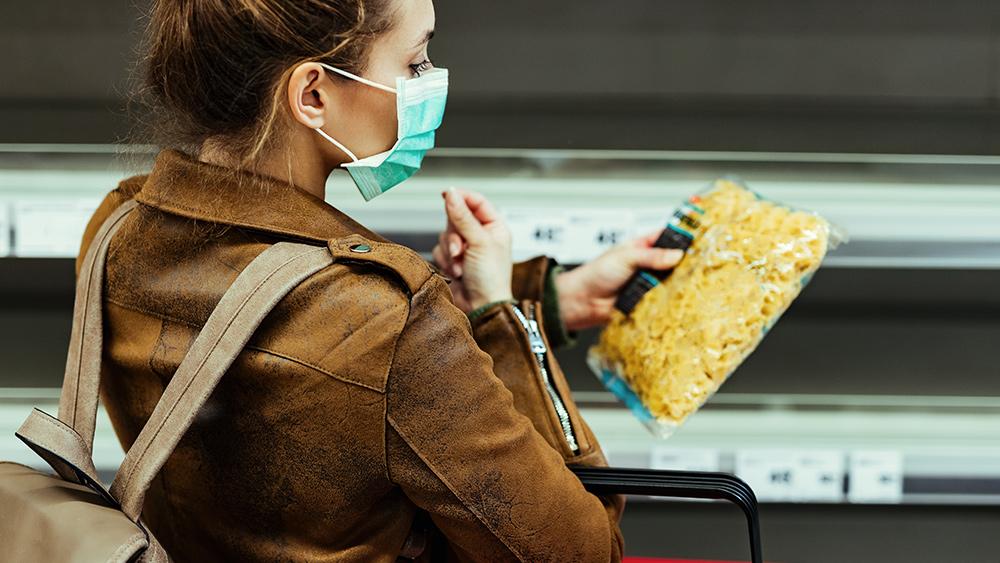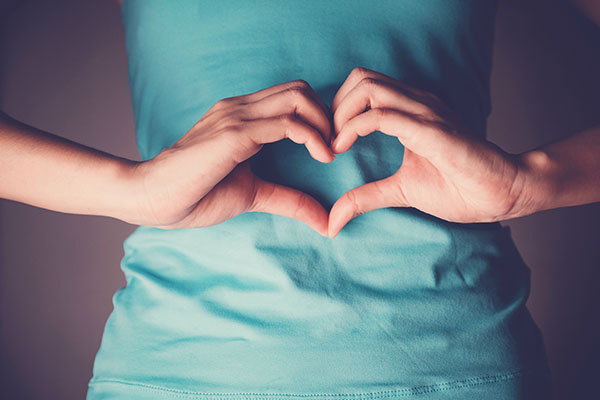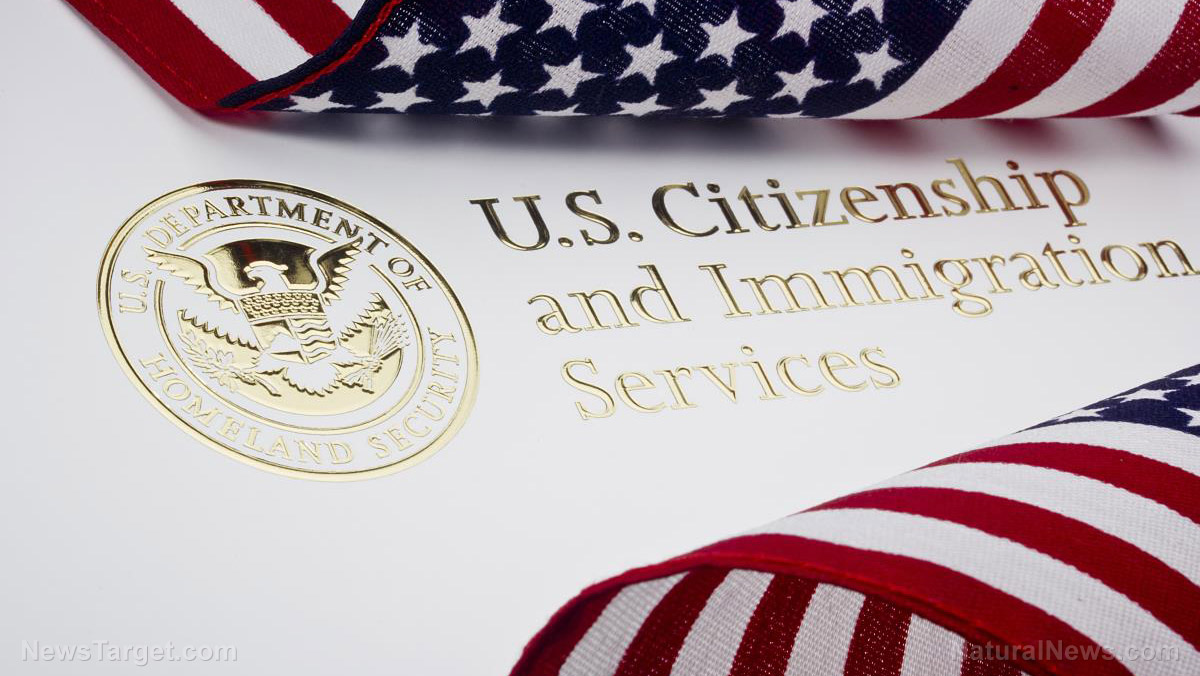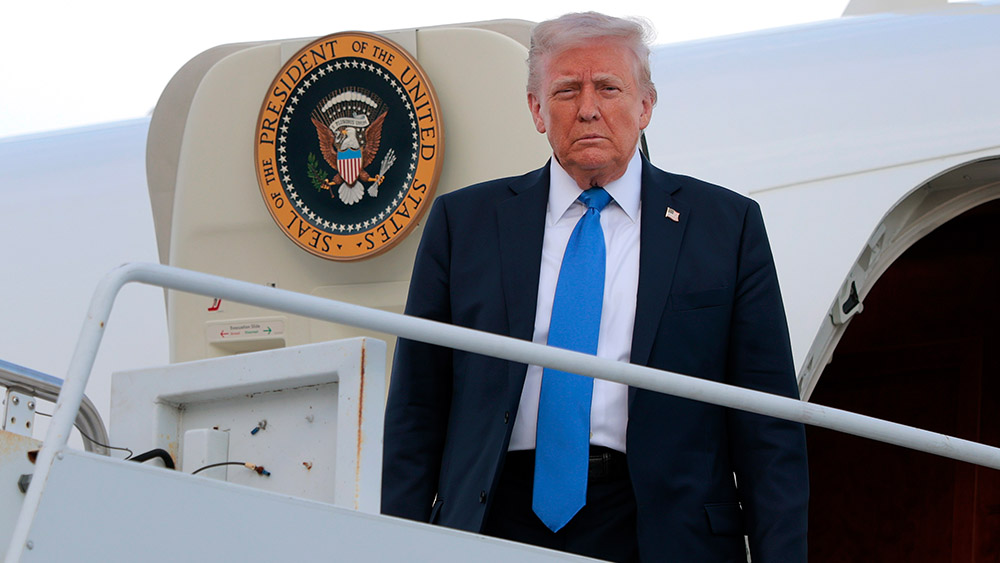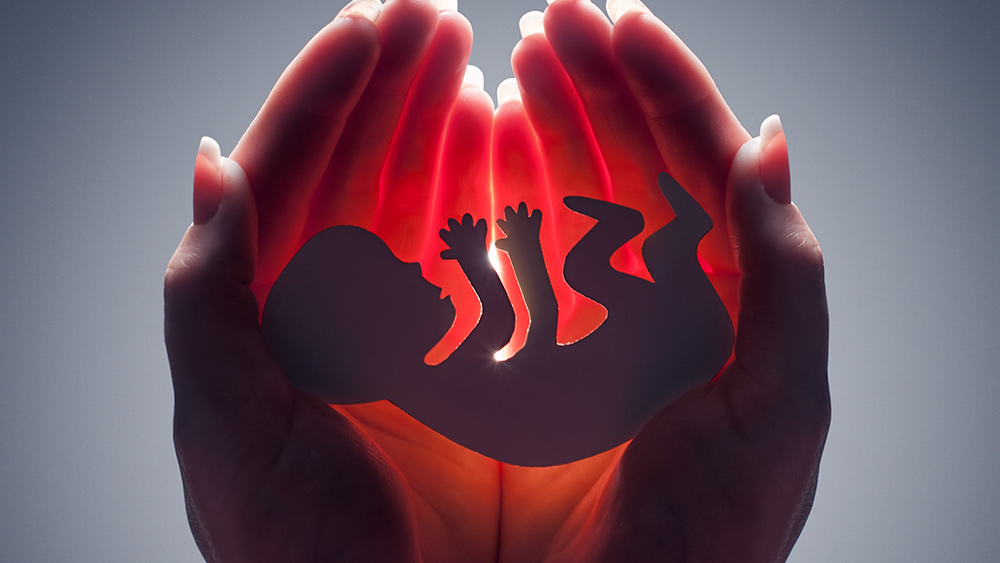
Why do you need a basic first aid kit?
You probably already have a more comprehensive first aid kit at home and in your car, but you may also need a basic first aid kit for your survival gear, especially if you frequently go camping or hiking. If you’re worried about the cost of preparing your own kit, you don’t always need complicated tools since this is just a basic one for minor emergencies. As a prepper beginner, you need to familiarize yourself with all the items in your first aid kit before anyone gets hurt. This ensures that when SHTF, you already know what to do and you don’t waste time if you or a loved one is injured. A basic first aid kit should also be light enough to include in your survival bag, which may already be heavy with all your gear. (Related: Essential supplies to pack in your first aid kit for a camping trip.) When choosing the items for your basic first aid kit, buy things that you need for common injuries like cuts or scrapes.What to pack in a basic first aid kit
A basic first aid kit should include common items like:- Basic bleeding-control supplies
- A triangular bandage
- Several adhesive bandages
- A pair of nitrile gloves
Triangular and adhesive bandages for various uses
You’ll need a triangular bandage, which has several uses. It can be used to dress a head wound, secure a splint, or for other tasks. Your basic first aid kit can also include optional items like adhesive bandages and gloves. The bandages are perfect for treating minor cuts and wounds while you may need gloves to treat something more serious and prevent infection.Miscellaneous items
If you have extra space in your kit, you can also include some of the useful items detailed below:- Alcohol wipes for sterilizing areas around a wound.
- Cold compress for headaches, muscle strains or muscle sprains, fever, and more.
- A flashlight
- Medications like anti-diarrhea tablets or allergy medication. You can also include medications for babies and children, the elderly, disabled, or pets, if applicable.
- Scissors for cutting off clothing or bandages.
- Tweezers for removing splinters.
- Waterproof medical tape
Gloves and bag for the kit
You should include a pair of gloves in the kit so you can protect yourself from blood and other body fluids that may spread infection in a survival scenario. Wearing gloves will also help prevent infections if you need to treat the patient while you’re outdoors and away from emergency medical services. Buy gloves that are light-colored, like white, blue, or orange so you can tell if it’s dirty while doing a blood sweep is someone is injured. When SHTF, you can also use a glove as a makeshift tourniquet if you don’t have the materials for one. The container for your basic first aid kit doesn’t have to be fancy and you can use a quart-sized freezer bag if you want to. But if you prefer something sturdier, choose a small pouch with pockets and compartments for all the items in your kit.Comparing a basic first aid kit and an IFAK
A basic first aid kit isn’t as comprehensive as an individual first aid kit (IFAK), but that doesn’t mean the former isn’t as useful as the latter.- A basic kit will be useful if you’re tending to small wounds, but anything more serious will require an IFAK. But if you have first aid training, you can still save someone with just a basic kit.
- A basic kit is smaller and lighter, and it can easily fit in your backpack, pocket, or a large purse. On the other hand, an IFAK will be much heavier.
- A basic kit will be cheap and cost only about $10 to $20, depending on the items you include. An IFAK can add up to $50 or more if you buy more expensive items.
Survival skills: Jug line fishing for beginners
By Zoey Sky // Share
Food storage tips: How to extend the shelf life of oranges
By Rose Lidell // Share
Bug out basics: How to efficiently pack your bug-out bag
By Arsenio Toledo // Share
Start prepping now: Skyrocketing store prices hint at impending food shortages
By Zoey Sky // Share
Survival medicine: How to grow and use sunflowers as food and medicine
By Divina Ramirez // Share
Prepper tips and tricks: Use peppermint tea to get rid of mice and spiders
By Mary Villareal // Share
Natural remedies and TCM techniques to soothe holiday indigestion
By dominguez // Share
Chinese root beats methotrexate for rheumatoid arthritis relief
By newseditors // Share
The childhood crisis: How modern life is wiring kids for anxiety
By willowt // Share
Minnesota's abortion data gap: A troubling omission
By bellecarter // Share

